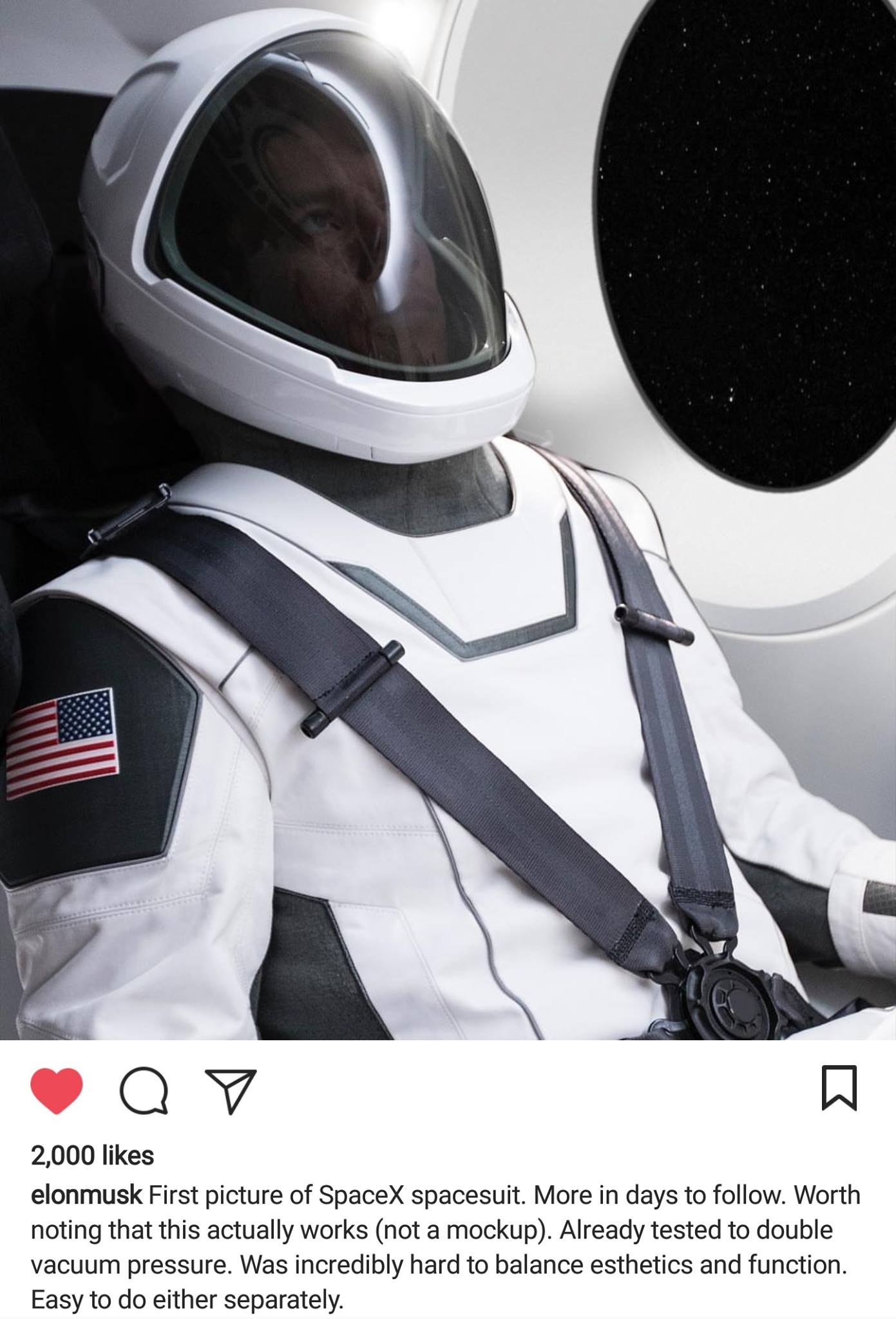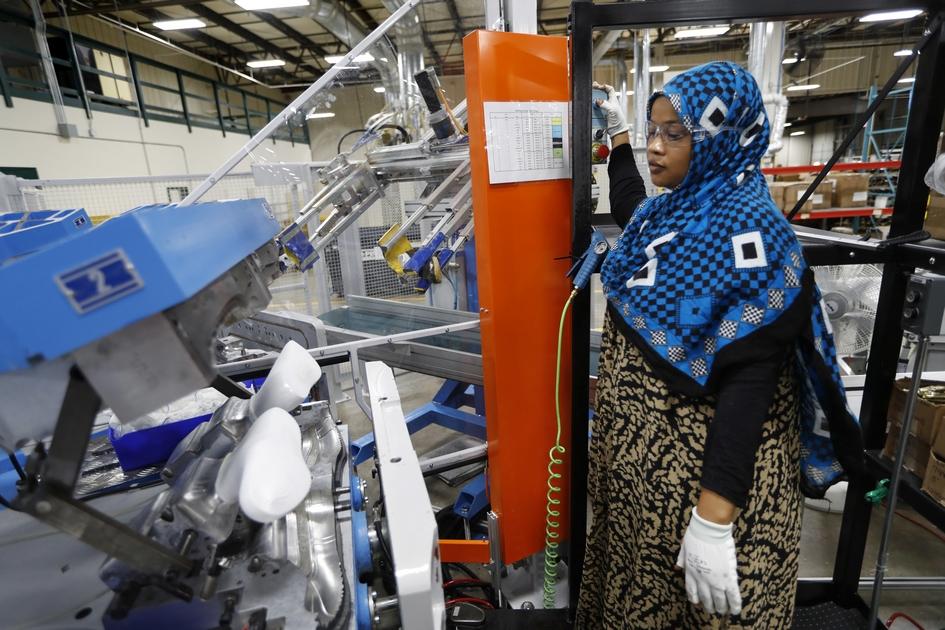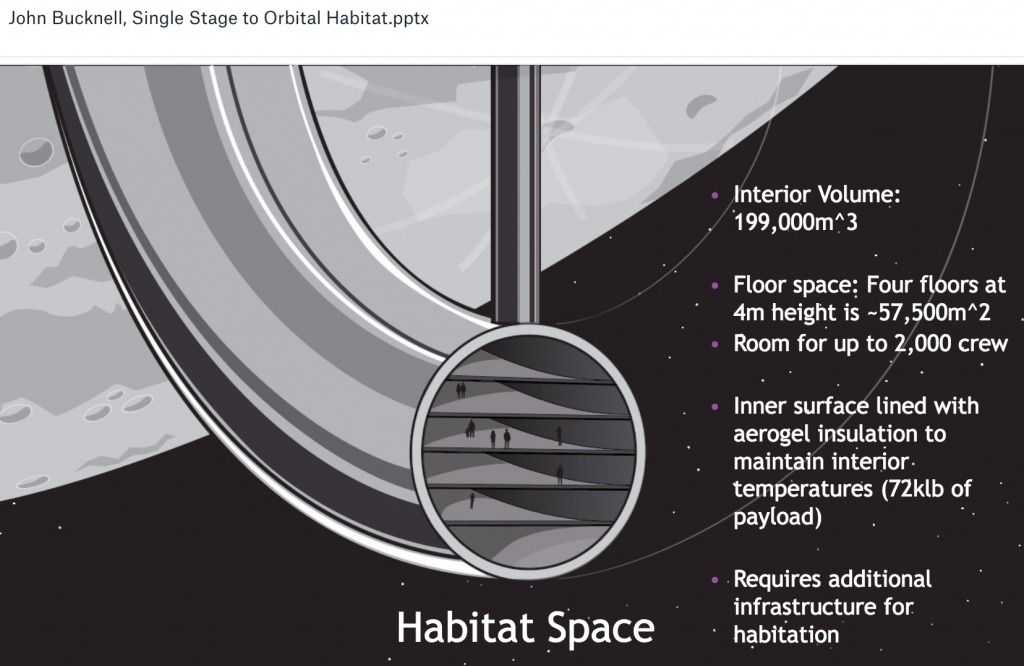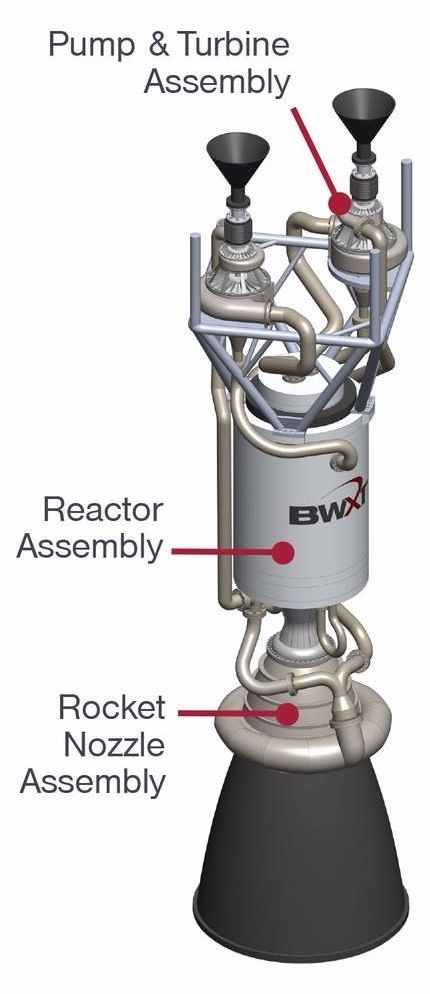
Category: space travel – Page 477


Forget China: Here’s why the next manufacturing boom could come from space
MOUNTAIN VIEW, Calif. — These days, it’s hardly exotic to see a “made in China” sticker slapped on your favorite product. But what if that sticker said “made in space?”
A Mountain View-based startup earlier this month revealed new breakthroughs in its quest to build in-space factories that will orbit the Earth and pump out products that are too difficult or expensive to make at home. The technology is expected to revolutionize space exploration by allowing scientists access to better tools in space, and also provide people on Earth with unique space-made products such as improved fiber optic cables.
“In-space manufacturing and assembling has been the stuff of science fiction and the dream of the industry for almost the entire existence of the industry,” said Made in Space CEO Andrew Rush, who hosted journalists and NASA representatives at his company’s headquarters for a demo. “But now, for the first time, we’re making these really transformative steps toward making that a reality.”
Skylon: The Plane That Can Fly Anywhere In The World In 4 Hours
Who wouldn’t want to have breakfast on the French Riviera, take a walk along the Great Wall of China in the afternoon, and then cap off the evening by staring at stars above the Alaskan wilderness? That fantastic day might be possible soon, thanks to British aerospace firm Reaction Engines Limited (REL). The company is working on an aircraft that will be able to transport passengers anywhere in the world in just four hours.
Yes. That’s four hours.
Passengers will have options beyond just traveling fast here on Earth — they’ll also be given the opportunity to journey into space aboard the in-development plane, which the firm refers to as the Skylon.
SpaceX landed another rocket on target after launching supplies to the Space Station — watch live footage of the perfect landing
(SpaceX) SpaceX launched 6,400 pounds of supplies to the International Space Station on Monday afternoon, and the roughly 100,000 people watching the live video online got to experience a rare shot of the reusable portion of the rocket sticking its landing in real time.
It was SpaceX’s 40th Falcon 9 mission and 11th rocket launch this year.
After the Dragon capsule full of materials for the ISS detached, the first stage of the Falcon 9 rocket — which Elon Musk’s rocket company reuses to dramatically cut down on costs — came hurtling back to Earth.

Here’s How To Fix The Big Problems With Elon Musk’s Mars Spaceship
This week electrovehicle and space transit magnate Elon Musk unveiled his master plan for the human race to become “a multi-planetary species”, starting with travel to Mars. But while I know it’s an act of remarkable hubris for me to even say this, I believe SpaceX’s plans for their Interplanetary Transport System have some pretty glaring flaws. The good news is they are flaws that are easily corrected by applying some decades-old solutions from the American and Soviet space-faring experience.
After going over the system architecture and basic spacecraft design, I think there are places where the system can be made to use less fuel, reduce manufacturing complexity, increase crew room, deliver more payload, and more.
Comparing Reactions of different Groups to Nuclear Thermal Rocket enabled space colonization
Nextbigfuture wrote about the designs for an improved nuclear thermal rocket by John Bucknell. John has worked as a senior engineer on the SpaceX Raptor rocket. John provides high quality qualified work to his rocket designs and to his proposed space habitat.
Nextbigfuture comments had some technical observations about Project Timberwind and a comment from John himself that his design improves on flaws in the last major nuclear thermal rocket experiments. There were also comments and discussion about Star Trek and communism and O’Neill space stations.
Reddit futurology had two comments. One positive comment by the submitter and a negative comment complaining that the factual title was hype./a The title was trying to condense the concept that John’s habitat would have full Earth gravity and full radiation shielding. Colonies on the surface of Mars would have 38% of Earth gravity and colonies on the surface of the moon would have 16% of Earth gravity. Living in the current International space station is a microgravity environment with more radiation. It is well known that long term exposure to lower gravity is a problem. Muscles weaken bones thin out stress is placed on blood vessels Serious effort is needed to exercise while in low gravity to reduce effects and physiotherapy is needed to recover from the stays in orbit or on the Moon where there is low or no-gravity. Yet the title “Constructing full earth like conditions in Space with technology proven in the sixties” is claimed to be hype.

Constructing full earth like conditions in Space with technology proven in the sixties
John Bucknell presented at the Starship Congress 2017 his Nuclear Thermal Turbo Rocket and applied for a single stage to orbit mission of placing a space habitat. John Bucknell worked on the SpaceX Raptor rocket as a senior engineer so he is very qualified to understand current rocket technology and rockets in general.
Nextbigfuture has noted that NASA has funded $18.8 million on advancing nuclear thermal rocket propulsion by studying low enriched uranium for the fuel. Nuclear-powered rocket concepts are not new. The United States conducted studies and significant ground tests from 1955 to 1972 to determine the viability of such systems, but ceased testing when plans for a crewed Mars mission were deferred.
The NERVA NRX (Nuclear Rocket Experimental) program started testing in September 1964. The final engine in this series was the XE, designed with flight design hardware and fired in a downward position into a low-pressure chamber to simulate a vacuum. SNPO fired NERVA NRX/XE twenty-eight times in March 1968. The series all generated 1100 MW, and many of the tests concluded only when the test-stand ran out of hydrogen propellant. NERVA NRX/XE produced the baseline 75,000 lbf (334 kN) thrust that Marshall required in Mars mission plans.

Project RAMA: Reconstructing Asteroids Into Mechanical Automata
Many interesting ideas have been conceived for building space-based infrastructure in cislunar space. From O’Neill’s space colonies, to solar power satellite farms, and even prospecting retrieved near earth asteroids. In all the scenarios, one thing remained fixed — the need for space resources at the outpost. To satisfy this need, O’Neill suggested an electromagnetic railgun to deliver resources from the lunar surface, while NASA’s Asteroid Redirect Mission called for a solar electric tug to deliver asteroid materials from interplanetary space. At Made In Space, we propose an entirely new concept. One which is scalable, cost effective, and ensures that the abundant material wealth of the inner solar system becomes readily available to humankind in a nearly automated fashion. We propose the RAMA architecture, which turns asteroids into self-contained spacecraft capable of moving themselves back to cislunar space.

The National Aeronautics and Space Administration has awarded BWXT Nuclear Energy a $18.8 million contract to initiate conceptual designs for a nuclear thermal propulsion reactor in support of a possible future manned mission to Mars
BWXT Nuclear Energy is a subsidiary of nuclear components, fuel and services provider BWX Technologies, which is based in Lynchburg, Virginia.
http://www.world-nuclear-news.org/ON-NASA-boosts-nuclear-the…81701.html
